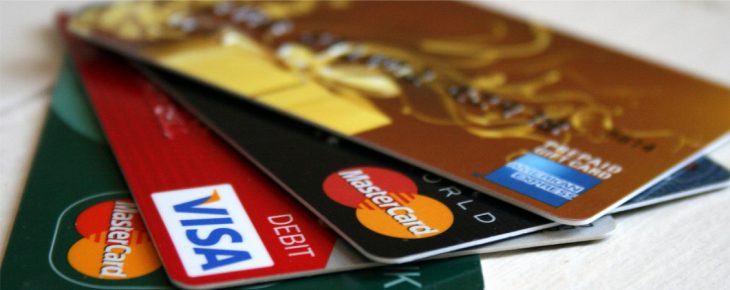Wallethub: Credit card debt projected to reach $1 trillion by year-end
by December 11, 2017 4:04 pm 354 views

A recent report by WalletHub indicates this year consumers will add more than $50 billion in new credit card debt which could total $1 trillion owed by the end of the year.
As consumer debt rises the impact of Federal Reserve interest rate hikes can escalate what consumers owe. WalletHub said the four rate hikes since December 2015 have cost credit card users an extra $6 billion in interest charges this year. That figure will swell to $1.46 billion in 2018 if the Fed raises its target rate later this month as expected, according to another WalletHub report.
The probability of another rate hike of 0.25% is likely, WalletHub noted. A larger hike of 0.50% is less likely. The 25-basis point hike would cost consumers an extra $1.46 billion in interest charges next year.
Fixed debt instruments like mortgage and auto loans are more difficult to determine rate hike impact. Wallethub looked at recent rate hikes to extrapolate the impact on borrowing costs in the coming months. The average 30-year fixed rate mortgage rose from 3.48% in late June 2016 to 4.32% last December. Since that time rates have settled around 4% earlier this month. The average 48-month new car loan rose from 4% in November 2015 to 4.42% in August of this year, the most recent data available.
Experts polled by WalletHub for the report agree a 25-basis point Federal Funds rate hike is likely to occur in the December meeting, as well continued hikes in 2018. Experts said consumers overall have added more debt, and the tipping point of $1 trillion is not necessarily a sign of trouble.
WalletHub reports at the end of the third quarter outstanding credit card debt was $950.2 billion, up from $803.9 billion in the year-ago period. In the quarter $22.2 billion of new debt was added pushing toward to the record levels set in the fourth quarter of 2008 amid the Great Recession.
While debt levels are rising, charge-off rates remain near historic lows. In the third quarter, 3.4% of loans were charged-off, up from 2.9% a year earlier. The record low was set in the third quarter of 2015 at 2.8%. The peak of credit card charge-off was 11% in the second quarter of 2010.
Average credit card debt per household rose to $8,109 in the third quarter, up 5% from a year ago. The national average credit score as of the third quarter was 699. This past summer FICO reported the U.S. average score of 700 was the highest since the credit scoring company began tracking the stat in 2005.
Ethan Dornhelm, vice president of scores and analytics at FICO, said the obvious drivers in the score increase relates to the strength seen in the overall economy. He said a score of 700 (or 699) is deemed “good” by most lenders, with the “very good” credit score beginning at 740. He said consumers are doing a better job managing their credit since the Great Recession. He reports more people achieving scores of 800-plus than there are on the low end of the credit spectrum at 600 or below, better known as “subprime borrowers.
CreditCards.com recently reported the average credit card rate at 16.15%. A year ago the average card APR was 15.18%, nearly a full percentage point lower. Over the past six months, the average rate has risen from 15.82% for low-interest cards. The rate was 12.89% in December, up from 12.73% in June. Cards that offer cash back rewards charged an average of 15.38% this month, up from 15.13% in June. Lenders catering to blemished credit borrowers charged an average of 23.46%, up from 23.33% over the past six months.
